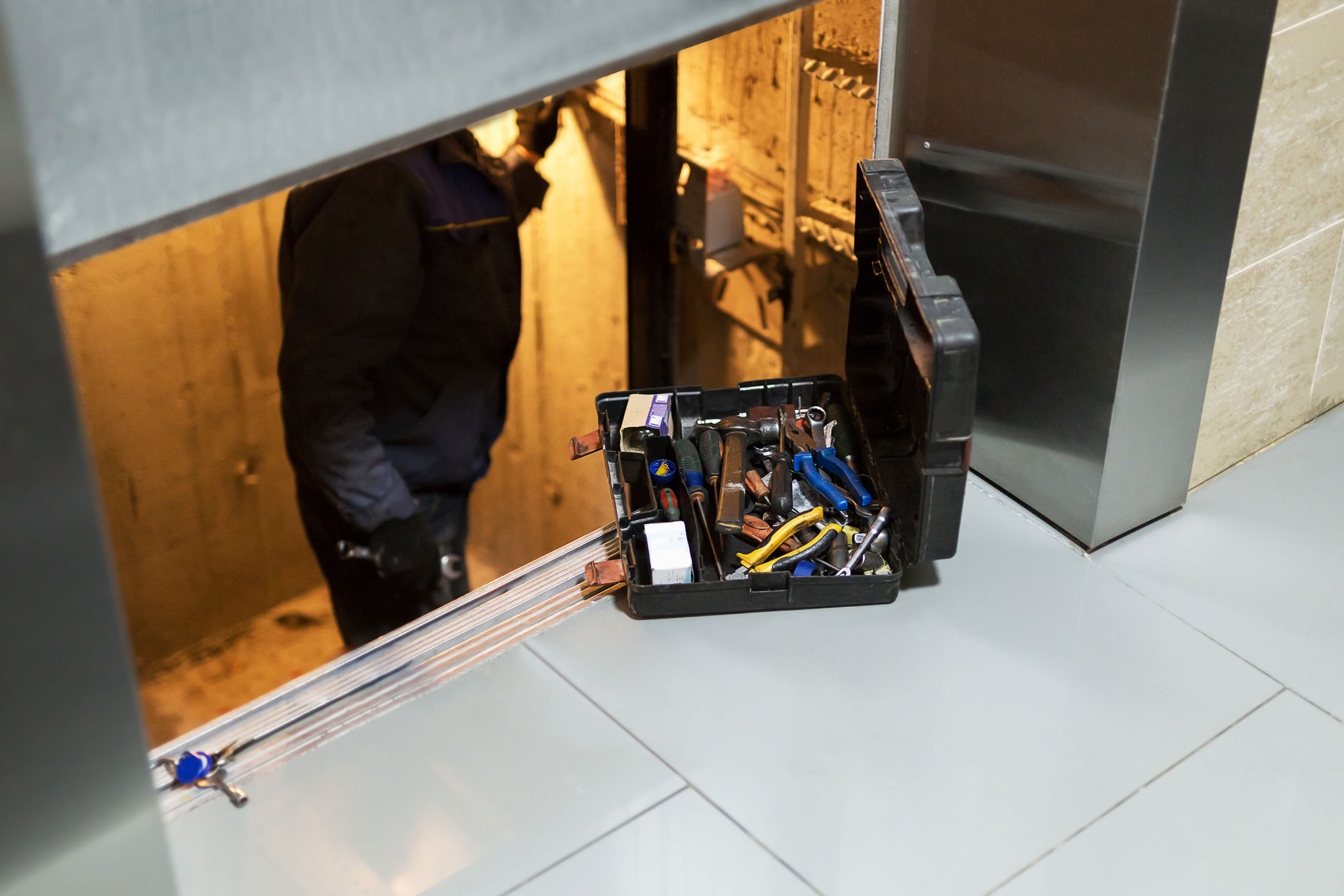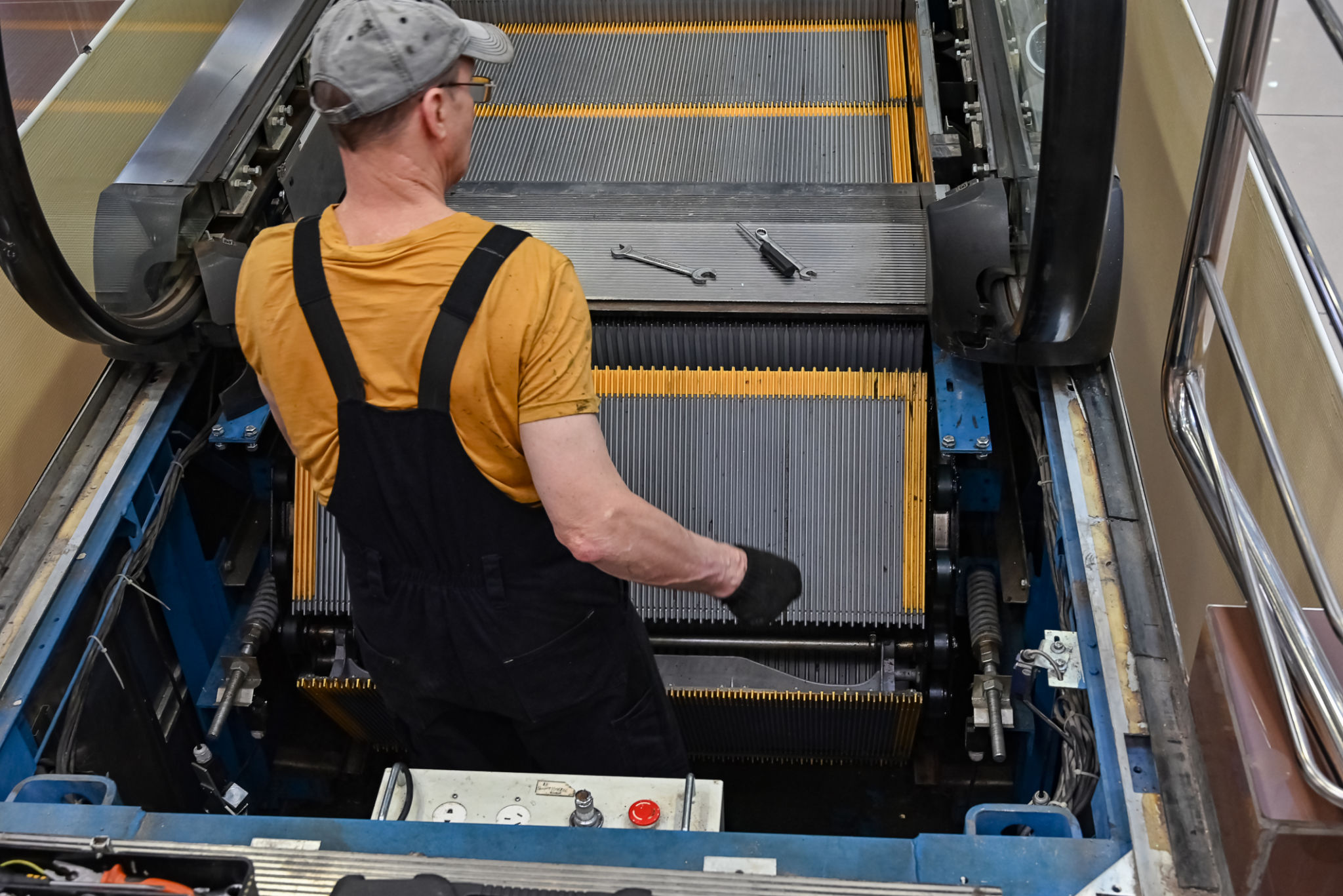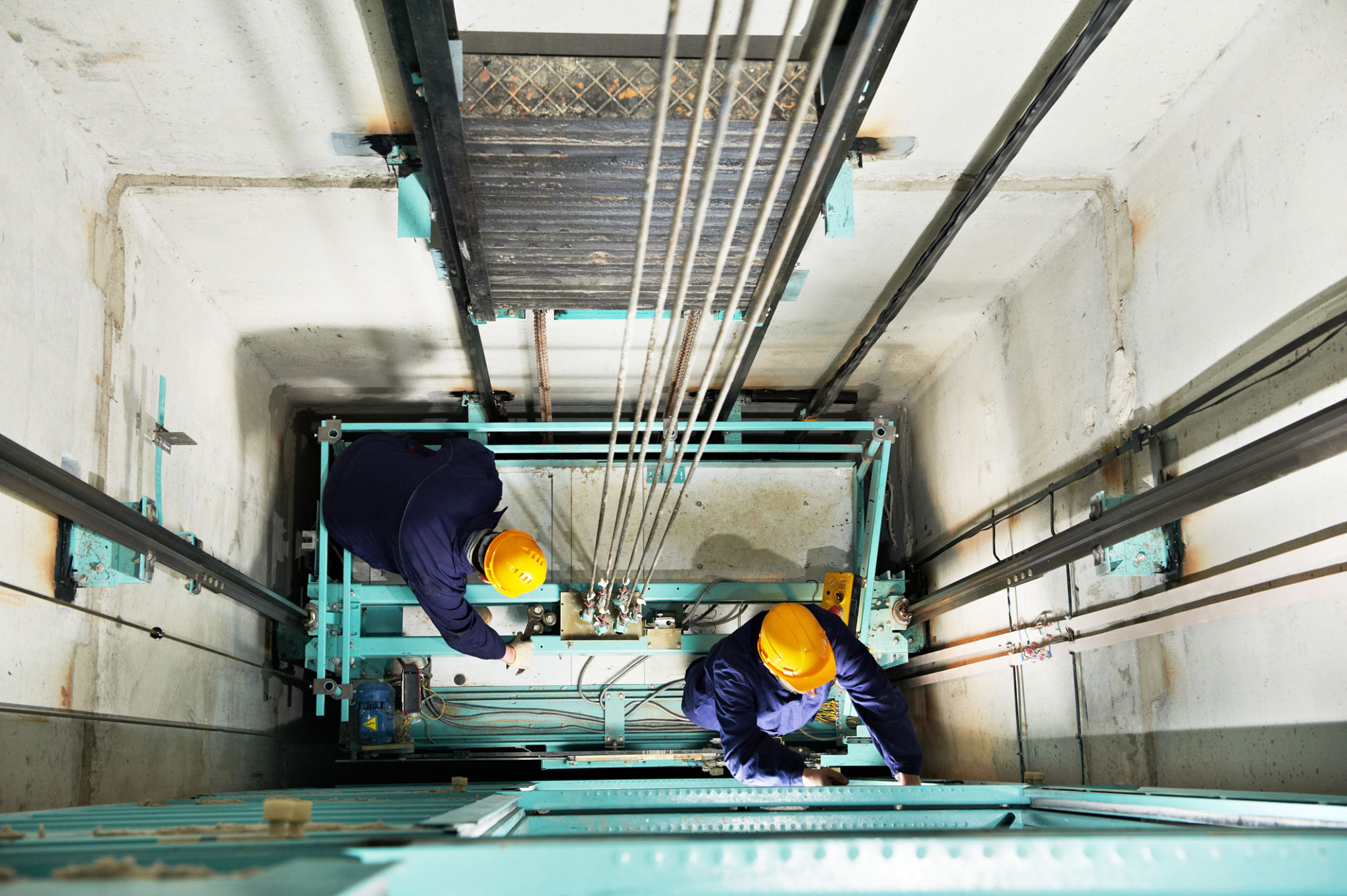Understanding the Importance of Regular Lift and Escalator Inspections
The Critical Role of Lift and Escalator Inspections
In modern buildings, lifts and escalators are essential for ensuring smooth and efficient transportation. They help in moving people and goods across various floors, thereby enhancing the functionality of commercial and residential spaces. However, the safety and reliability of these systems hinge significantly on regular inspections. Without proper maintenance, lifts and escalators can pose significant safety risks.
Regular inspections are not just about compliance with regulations; they are crucial for identifying potential issues before they escalate into serious problems. By ensuring that every component functions correctly, inspections help in maintaining the operational efficiency of these systems, ensuring their longevity and safety.

Ensuring Safety and Compliance
One of the primary reasons for regular lift and escalator inspections is to ensure safety. Lifts and escalators are complex systems with numerous moving parts. Regular wear and tear can lead to malfunctions if not addressed timely. Inspections are vital in identifying these issues early on, reducing the risk of accidents.
Moreover, regulatory bodies have set stringent standards for lift and escalator maintenance. Regular inspections help in staying compliant with these regulations, avoiding hefty fines, and ensuring peace of mind for both building owners and users.
Preventive Maintenance Reduces Costs
While some may view regular inspections as an additional expense, they can actually save money in the long run. Preventive maintenance is often more cost-effective than emergency repairs. By catching issues early, building managers can avoid costly repairs or replacements of major components.

Furthermore, regular inspections can help in optimizing the performance of lifts and escalators, potentially reducing energy consumption and operational costs. This not only benefits the environment but also contributes to the economic efficiency of the building.
Enhancing User Experience
For many people, lifts and escalators are a part of their daily routines. Ensuring these systems work seamlessly enhances the overall user experience. Frequent breakdowns can cause inconvenience and frustration among users, affecting the reputation of a building.
Regular inspections contribute to a more reliable service, minimizing downtime and ensuring that users can move efficiently throughout the building. This reliability is especially crucial in high-traffic areas such as shopping malls, airports, and office buildings.

The Process of Inspections
The process of inspecting lifts and escalators involves several steps. Inspectors check for mechanical wear, electrical faults, and ensure that all safety features are functioning properly. The inspection might include:
- Checking cables and pulleys for wear
- Testing emergency systems like brakes and alarms
- Evaluating the control systems for any anomalies
These comprehensive checks ensure that every aspect of the lift or escalator is functioning optimally, providing a safe environment for users.
The Importance of Professional Inspectors
It's crucial to engage professional inspectors who are trained and certified to perform these checks. They bring an expert eye to the process and can spot potential issues that untrained personnel might miss. Their expertise ensures that all components meet industry standards and function correctly.
By investing in professional inspections, building owners demonstrate their commitment to safety and quality, fostering trust with tenants and visitors alike.